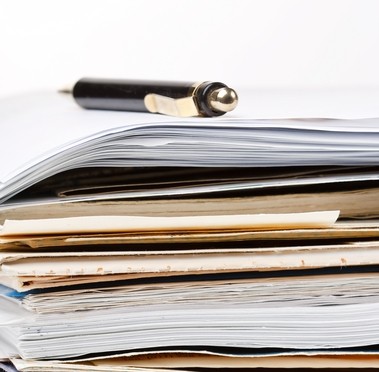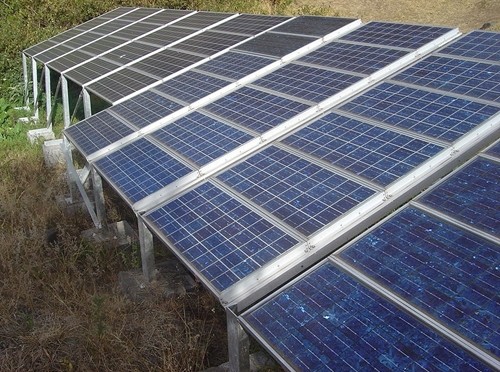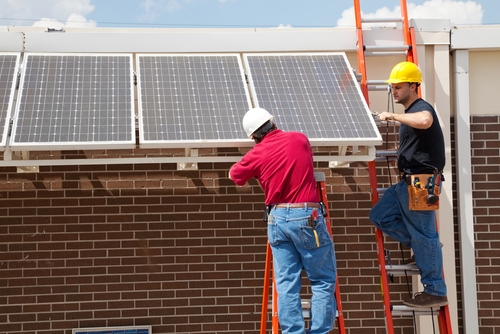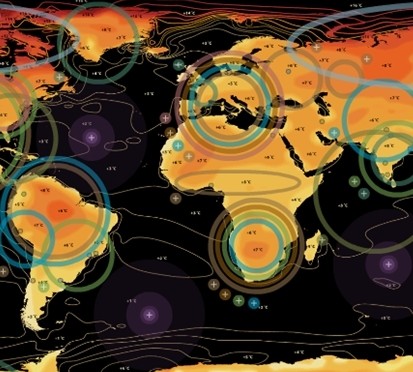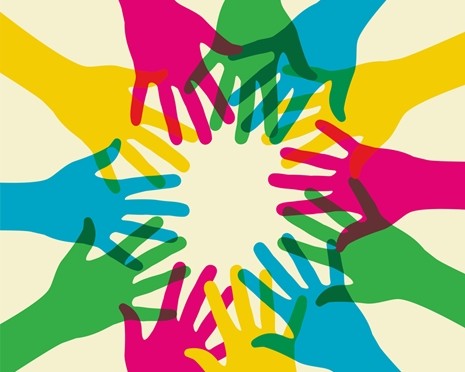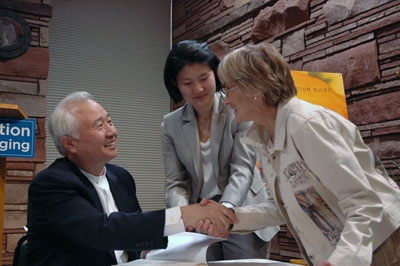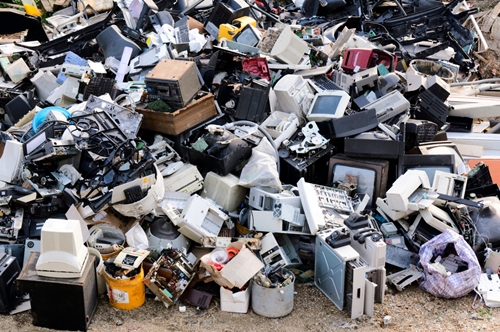If the average person in the U.S. generates 4.3 pounds of waste per day, imagine how much a 100-person company throws out? Too much. Many businesses are even wasting more than they did two years ago. Cutting down on disposables not only saves money on waste hauling, but demonstrates industry leadership and social responsibility.
So, check out these efficient ways to lower your company's wastefulness:
1. Cut Down on Packaging
According to the Environmental Protection Agency, one-third of waste in developed countries comes from packaging. Take a look at the shipping and supply methods used in your business. Could you do away with single-use containers? Pepsi-Cola saved $44 million by switching from corrugated cardboard to reusable plastic shipping containers.
What's more, with the shift onto the online world, consider emailing that 25-page handout instead of printing it for each employee.
2. Go Paperless
Paper consumption has tripled since 1960, and Americans produce 85 million tons of paper into the waste stream, according to Go Paperless Solutions, Inc.
There are better alternatives. Along the same lines as reducing packaging, companies can save lots of money on sending documents via email, the cloud or other virtual platform rather than printing, faxing and boxing. On the back end, it can easily reduce an enterprise's costs on ink, toner and electricity.
3. Ditch Bottled Water
Bottled water spells disaster for our carbon footprint. The manufacturing, filling and shipping processes emit vast amounts of fossil fuels.
At the end of the day, bottled water is just glorified tap water. In fact, 25 percent of bottle water comes from the tap, and the containers we toss out are being left for the next millennia to handle. That's not a wise global gift.
Instead, provide glasses or reusable bottles in your company's break room.
Before you decide to ignore the message that the world is sending us, consider this: More than 7 billion pounds of PVC are thrown away in the U.S. each year, according to the Clean Air Council. Only 18 million pounds of that is recycled.
There's no doubt that we – not just your neighbor or your co-worker, everyone – need to lend a hand in recycling. Ilchi Lee, an advocate of sustainable environment, emphasizes that as citizens of the world, it's our job to keep it clean for generations to come.
